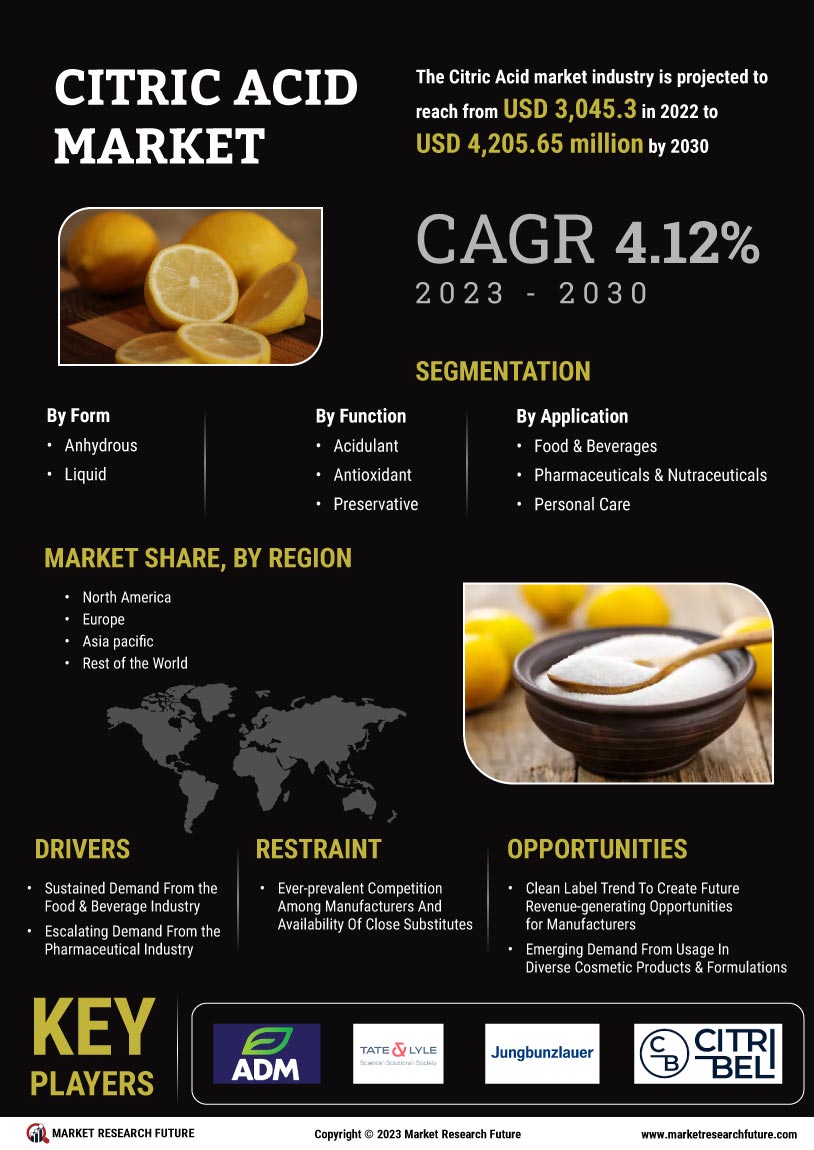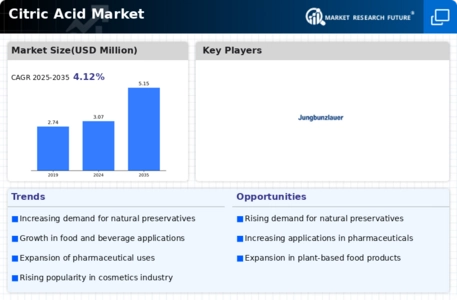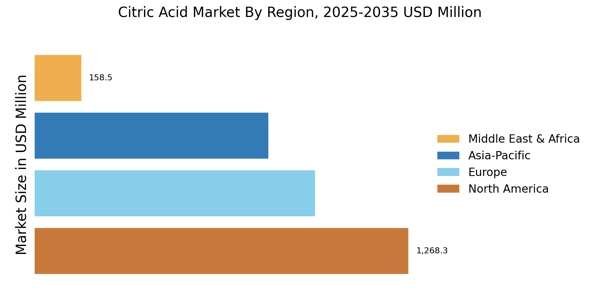The high competition among the players has encouraged the players to produce advanced materials which could be unique in the market and have multiple applications. The various technologies and processes used are different for different companies. Thus, mergers & acquisitions and product development between various companies help them to develop new and innovative techniques and processes with better efficiency and higher performance expansion and new product development in last 3 years were the most widely employed growth strategies amongst many market players to capture maximum market share.
ADM (Archer-Daniels-Midland Company) exposes the ability of nature to provide access to nutrition across the globe. A pioneer in developing sustainable solutions for agriculture, energy, and bio-based substitutes for materials and fuels currently produced from petroleum products, the Company is a global leader in sustainable human and animal nutrition. It is also one of the world's top corporations for agricultural origination and processing. It serves various products for food, beverages, health, wellness, and more under four business segments, viz. Ag Services and Oilseeds, Carbohydrate Solutions, Nutrition, and Other. Citric acid is offered under the nutrition segment.
ADM transforms natural materials into everyday meals, renewable and sustainable industrial goods, renewable fuels, various food and beverage components and solutions, supplements, food for pets and animals, and more. More than 70 different nations have consolidated subsidiaries of the company. It has various R&D facilities across the globe. It has a geographical presence in the US, Switzerland, the Cayman Islands, Brazil, Mexico, the United Kingdom, and other global regions.
Jungbunzlauer Suisse AG, Basel (Jungbunzlauer) Is one of the world's leading manufacturers of biodegradable ingredients of natural origin. Citric acid, gluconates, lactics, specialty salts, sweeteners, and biogums are all produced by the firm for use in various industrial applications, including those in the food, beverage, pharmaceutical, cleaning, laundry, and cosmetic industries. More than 130 nations are served by the company's four production facilities, three located in Europe (France, Germany, and Austria) and one in Canada. Additionally, it has sales offices in the Netherlands, India, Japan, Singapore, Mexico, the United States, and Mexico.
In 2021, the company's yearly revenues will surpass USD 1,058.18 million.
In 2023, QWIN, a well-known supplier of premium hemp-derived goods, unveiled their new THC-A line, which includes vape pens, flower strains, and the most recent Tropic Punch flavour of Delta 9 syrup.
For'strengthening' hair in 2023, L'Oreal Paris' Elvive Bond Repair line has received a lot of praise. Customers adore the results on their hair from the new Elvive Bond Repair line, which is sulphate-free and powered by Citric Acid Market Complex. It is touted as a less expensive alternative to Olaplex.
2020 saw the release of PhexxiTM (lactic acid, citric acid, and potassium bitartrate), the first and only non-hormonal prescription vaginal gel, which Evofem Biosciences, Inc. announced would be used as an on-demand method to prevent pregnancy in females with reproductive potential.
With the introduction of its new makeup remover, cleaning balm, and anti-aging eye cream in 2022, CeraVe's expanding line of skincare products just became bigger. These products are made to be mild yet effective for all skin types.


















Leave a Comment